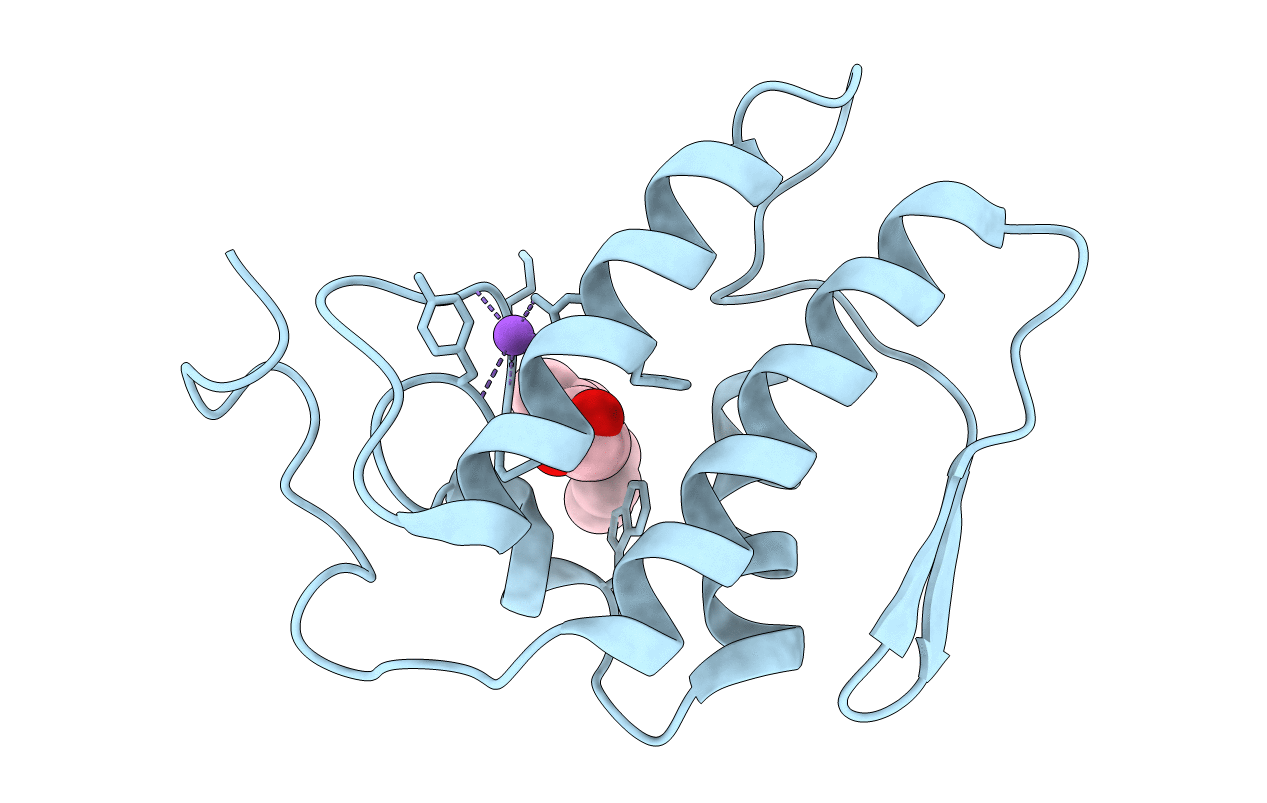
Deposition Date
2004-05-21
Release Date
2004-06-08
Last Version Date
2024-10-30
Entry Detail
PDB ID:
1TC8
Keywords:
Title:
Crystal structure of Krait-venom phospholipase A2 in a complex with a natural fatty acid tridecanoic acid
Biological Source:
Source Organism:
Bungarus caeruleus (Taxon ID: 132961)
Method Details:
Experimental Method:
Resolution:
2.70 Å
R-Value Free:
0.23
R-Value Work:
0.20
R-Value Observed:
0.20
Space Group:
P 41 21 2


